All Categories
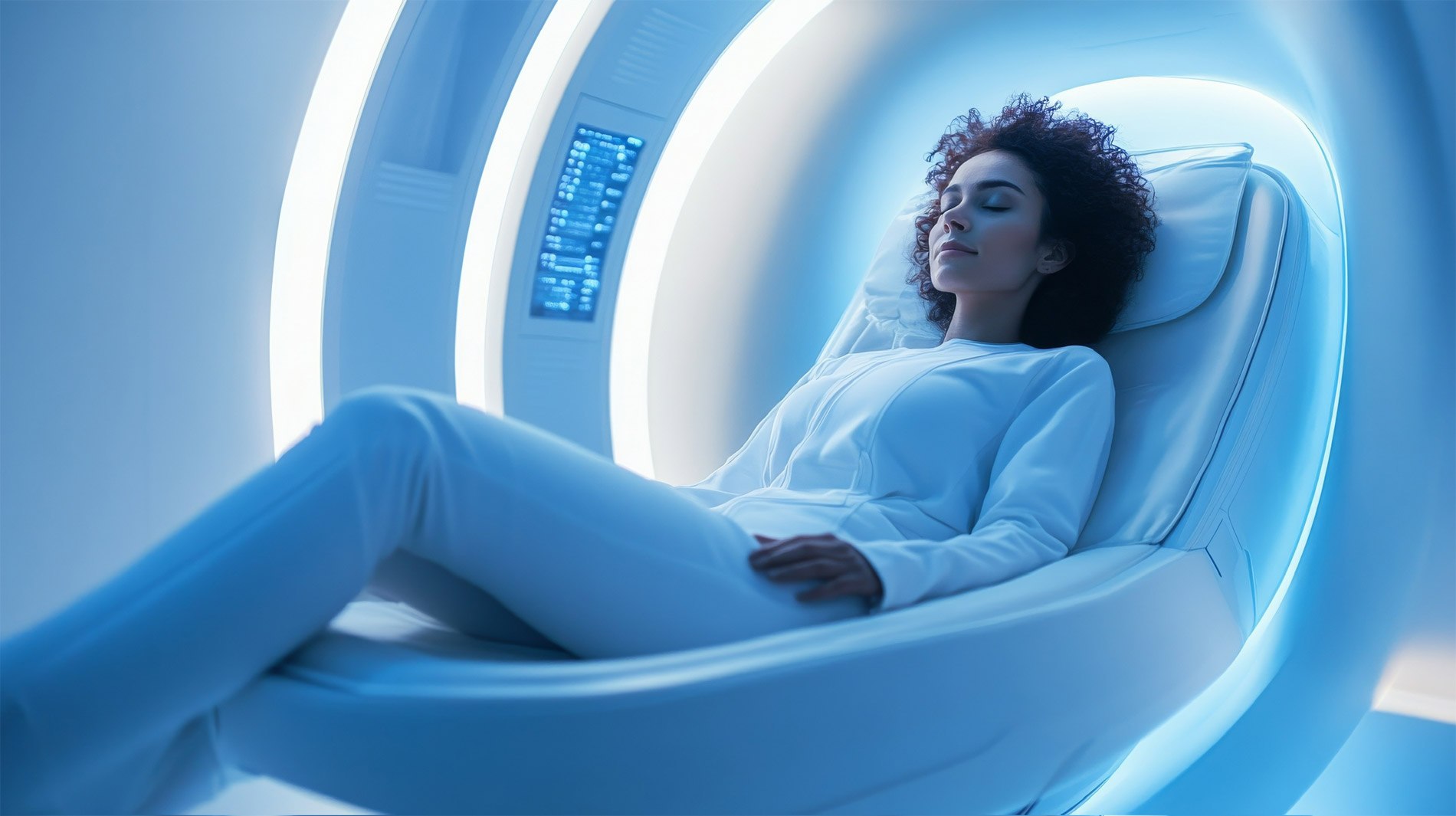
Longevity depends on consistency, habits, and informed decisions. Yet many clients feel bombarded by biohacking culture, questioning whether investments in red light therapy or wearable devices genuinely improve their health. Coaches face the challenge of separating effective tools from marketing hype, guiding clients to allocate their resources toward solutions that provide real, tangible results.
Coaches who can distinguish what products really work deliver exceptional value in today’s overcrowded wellness market. Their expertise guides clients through the maze of options, ensuring resources go toward tools that actually more the needle on health markets and improve quality of life.
There’s no tech that replaces the basics. If someone isn’t sleeping well, eating enough protein, or managing stress, no device will fix it. Dr. Neil Paulvin, who advises top-tier longevity clinics, compares tech to icing. The cake is built from consistent training, structured recovery, and daily behaviors that support metabolic and hormonal health.
Coaches should treat tech like seasoning. Useful, but only if the meal is palatable and nutritious to begin with.
Before recommending any new tool, ask these:
If the answer is yes across the board, it might be worth a trial.
Wearables can support better choices, but only if the client understands what they’re seeing. The best ones track heart rate, sleep timing, and recovery markers with decent accuracy. The Apple Watch Ultra, WHOOP, and Oura Ring lead this group.
Where they fall short is in overpromising. Sleep stage data isn’t reliable, VO₂ max estimates are often misleading, and calories burned are noisy at best. These tools should be used to observe trends, not to chase numbers.
A coach can guide the client in translating data into action. Low HRV? Back off the volume. Poor sleep score for three days? Prioritize recovery. But don’t let the wearable dictate programming without context.
Clients ask about recovery tech because they feel tired. They’re not wrong to explore support systems. However, some tools deliver more returns than others.
The Shiftwave chair, originally used in military rehab, is now used by pro athletes and hospital systems. It promotes parasympathetic activity and a measurable nervous system reset. It’s expensive but effective.
Red light therapy has modest backing for recovery and mood. Use it to supplement training, not replace it. Vagus nerve stimulators like Hoolest devices are gaining traction for HRV, stress, and inflammation control. They’re portable and often well-tolerated.
Infrared saunas offer benefits for circulation, skin, and relaxation. Clients who enjoy them often find they become a sustainable part of their routine, which matters more than the mechanism.
Real insight comes from real data. DEXA scans, InBody assessments, and glucose monitoring all offer usable inputs. They give coaches something to work with that’s measurable over time.
Continuous glucose monitors help clients understand how meals and stress affect their energy and cravings. This can support better food planning without restrictive diets. Biological age tests like DunedinPACE are still in their early stages. They can be motivating, but they shouldn’t be the main driver behind program changes. Use them to educate, not dictate.
Tech doesn’t always mean hardware. Nutrition apps like MyFitnessPal and Cronometer still provide high value for client awareness and macro tracking.
Supplements with longevity backing include creatine, CoQ10 for those on statins, omega-3s, and vitamin D. Creatine in particular supports cognitive function, not just muscle.
Lumen breath analysis may offer a glimpse into metabolic flexibility, but research is still emerging. If a client enjoys it and uses it regularly, it might help build awareness. If not, it’s fine to skip.
Stem cell therapies and senolytics are interesting but not ready for mainstream use. Plasma swaps and cryogenic chambers attract attention, but rarely deliver enough value to justify the cost for everyday clients.
Most of what’s trending online will not outpace what’s already proven. Coaches should protect clients from spending their energy on things they don’t need and keep their focus on what they can control.
Clients don’t need more technology; they need better direction. As a coach, you help them cut through noise, anchor to what works, and build systems that hold up as they age.
Longevity isn’t reserved for the rich or the extreme. It’s built through smart choices, repeatable habits, and coaching that filters hype from help. Let the influencers chase the next shiny protocol. Your clients can keep training, recovering, and living longer without needing a lab coat or a million-dollar stack.
About Robert James Rivera
Robert is a full-time freelance writer and editor specializing in the health niche and its ever-expanding sub-niches. As a food and nutrition scientist, he knows where to find the resources necessary to verify health claims.
Powering the Business of Health, Fitness, and Wellness Coaching
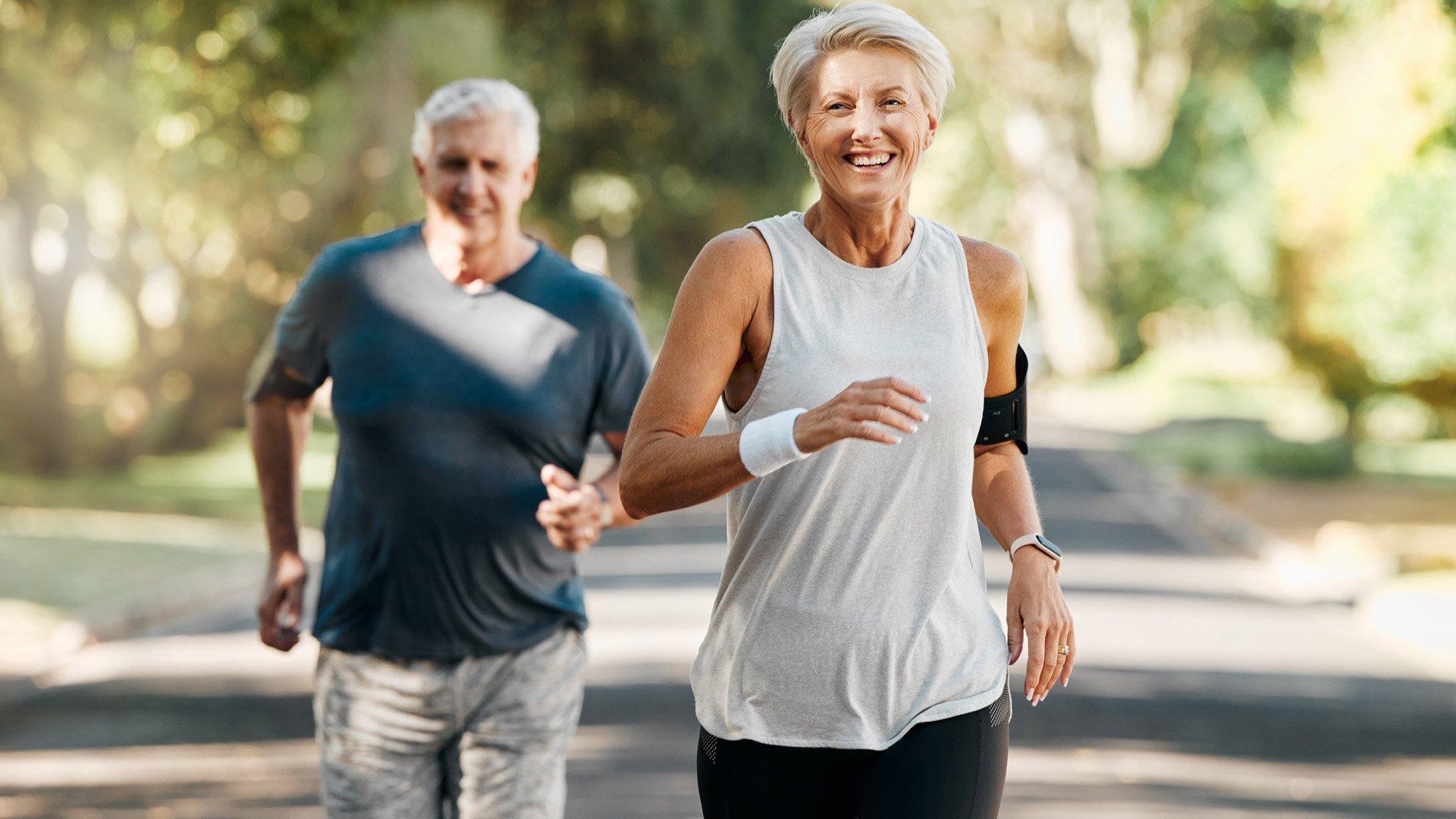
By Robert James Rivera
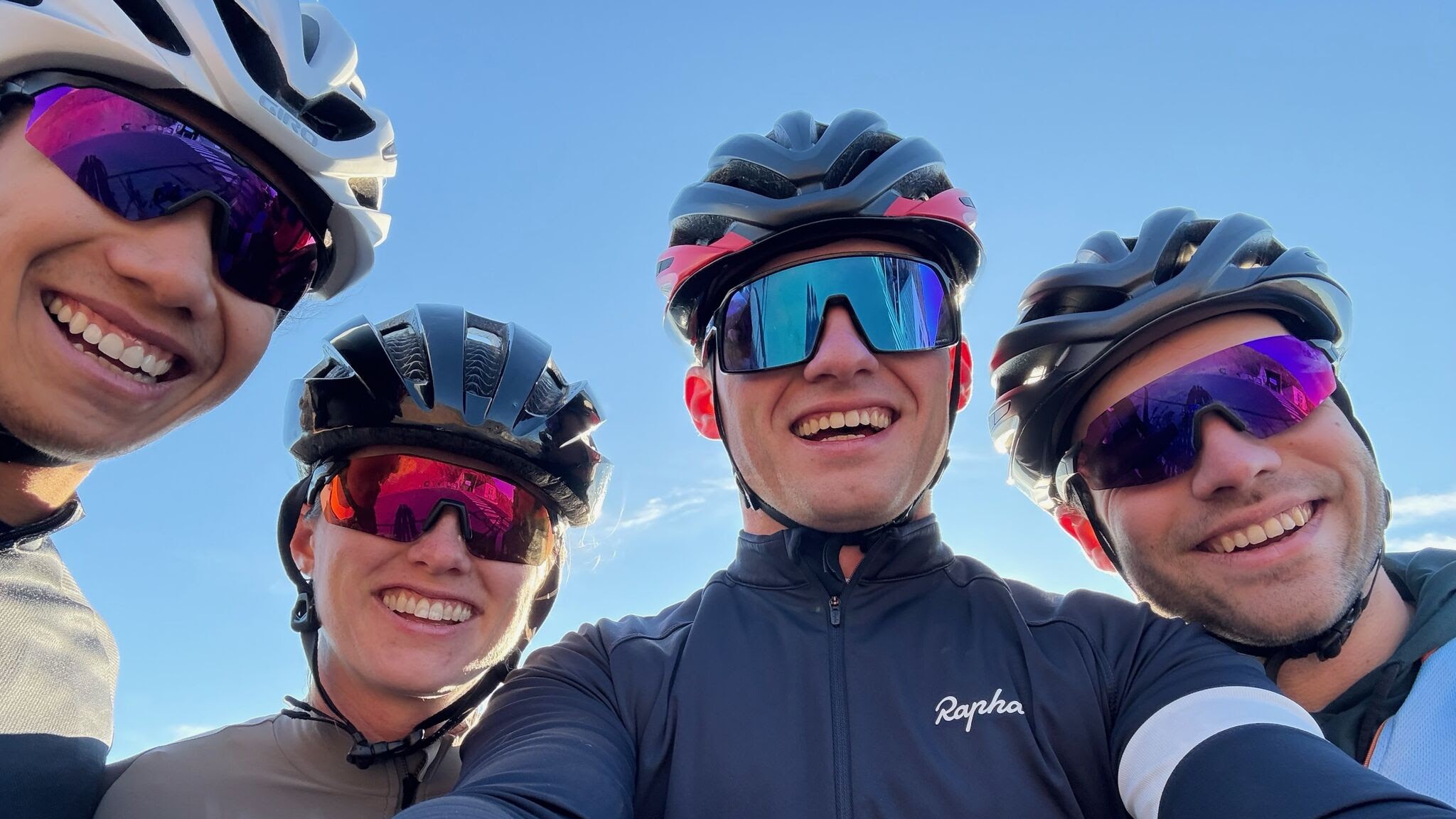
By Elisa Edelstein
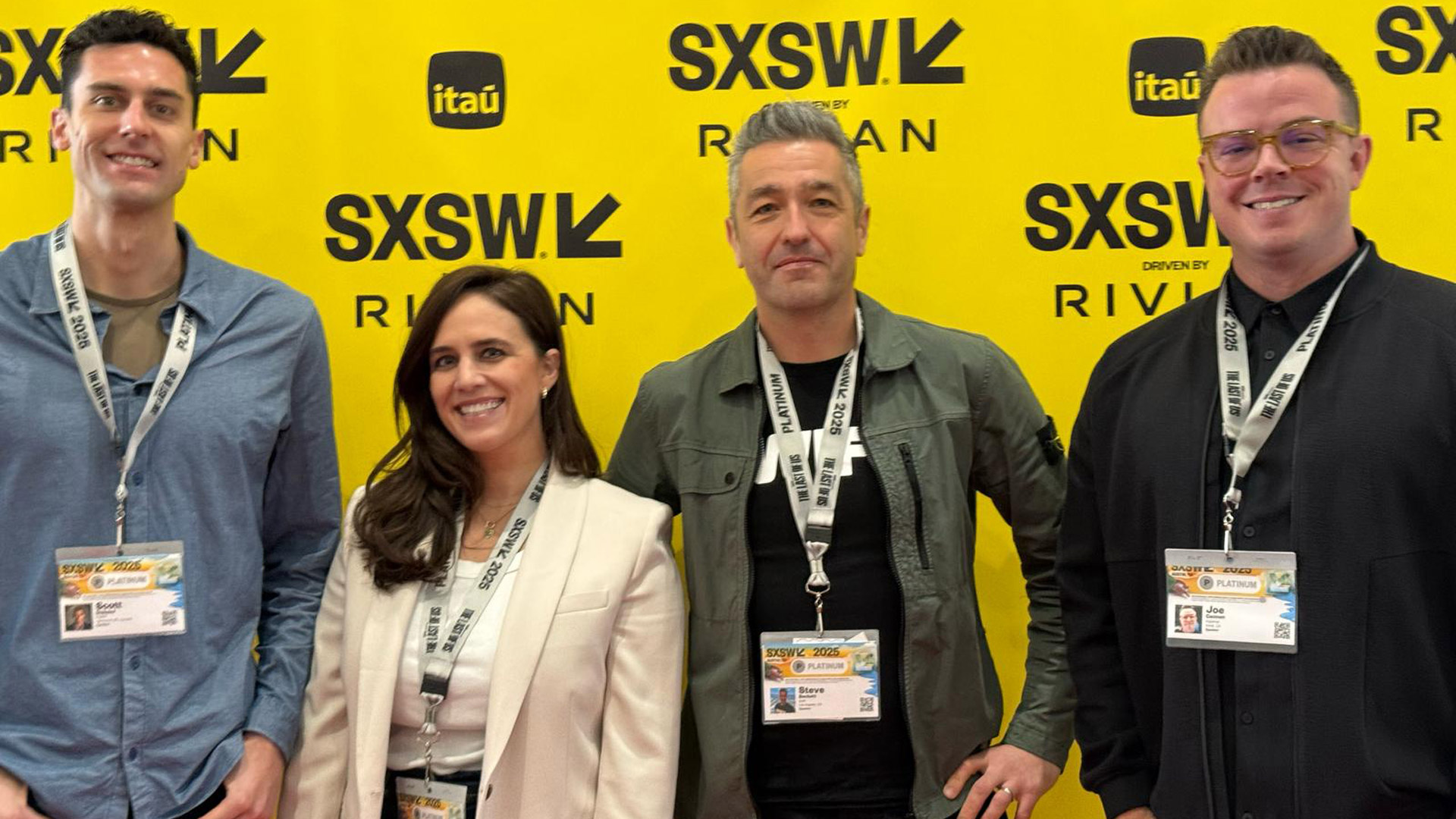
By Elisa Edelstein

By Elisa Edelstein

By Elisa Edelstein
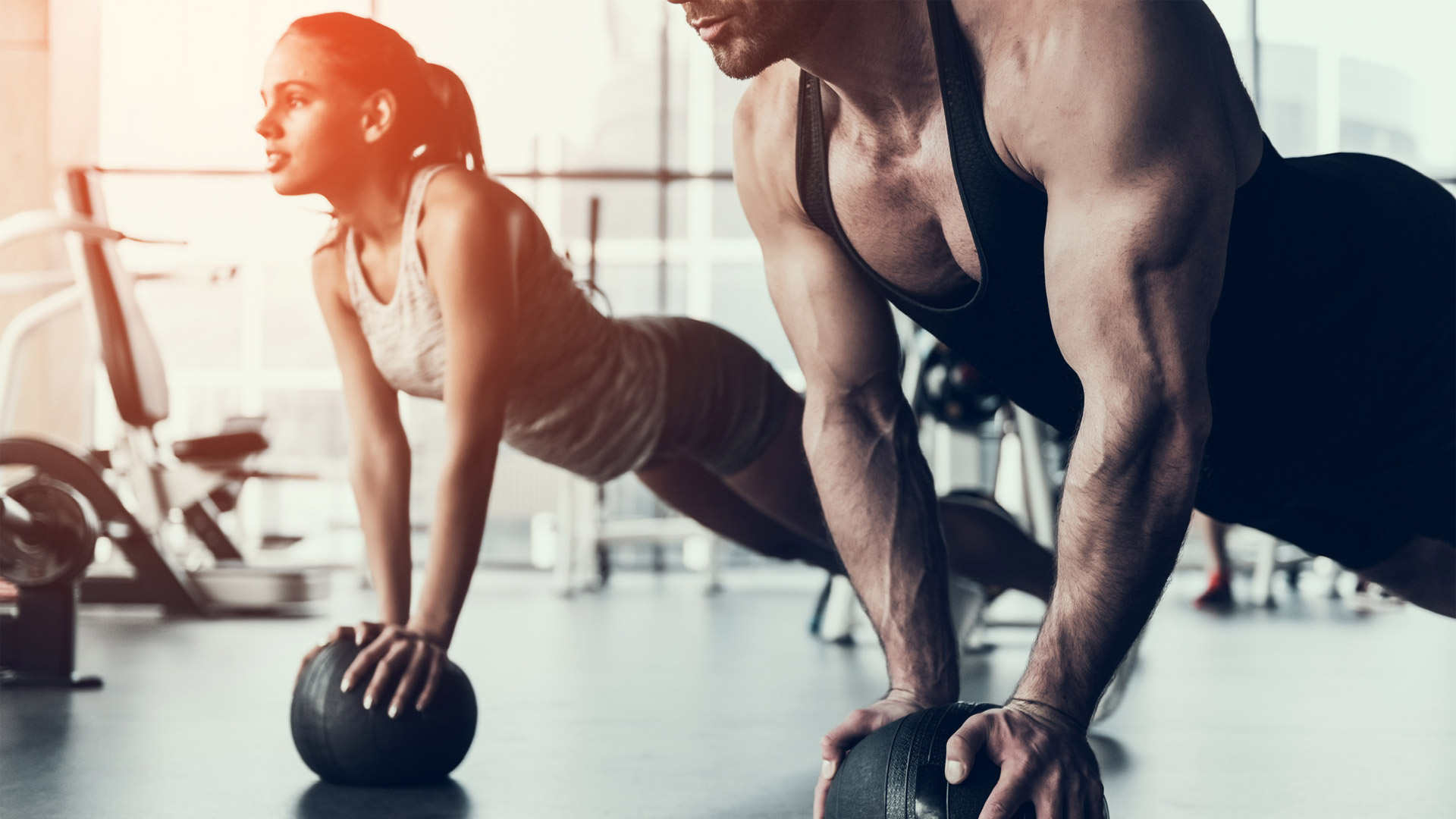
By Elisa Edelstein
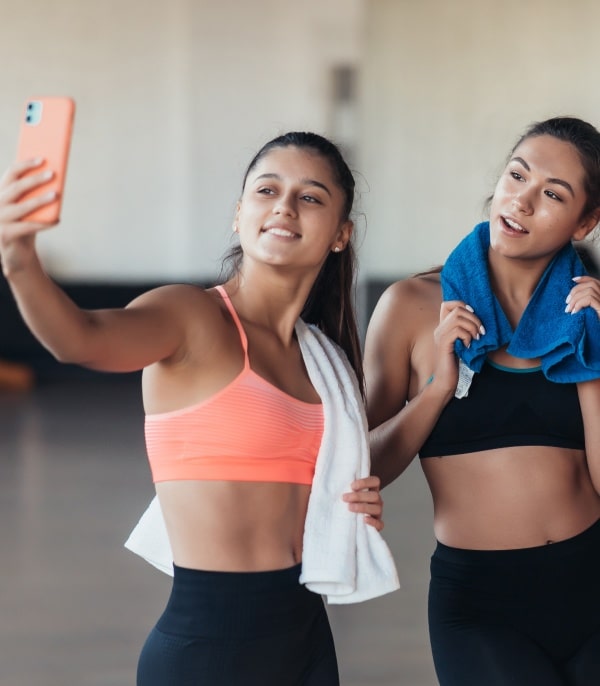
Powering the Business of Health, Fitness, and Wellness Coaching
